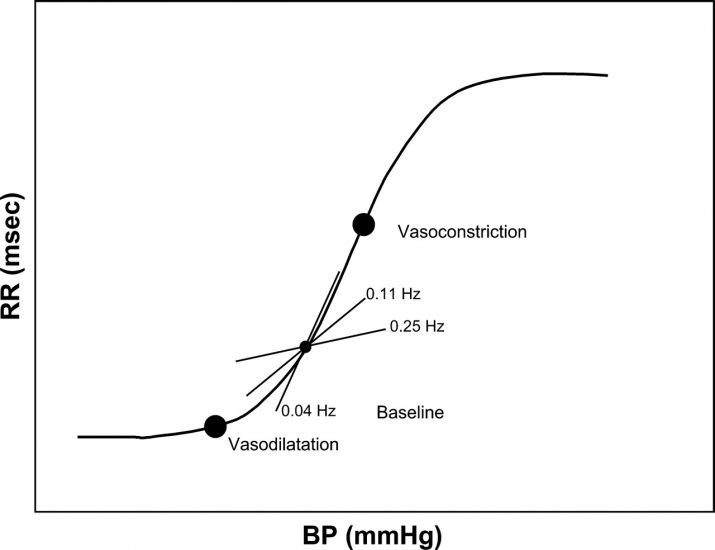The Lesson of the Sigmoid Curve
By SJW
October 7, 2008 • Fact checked by Dumb Little Man

All things occur in cycles, ebbing and flowing as time goes by. In the west, we often think of things progressing in a linear way, but nature teaches us that this is not the case. Darkness and light, the seasons, the life cycles of plants and animals – all these things rise and fall periodically. This cyclical motion affects every area of our lives. Our relationships, our family life and our career all follow cycles, and so do the lives of the institutions, companies and organizations to which we belong. Even countries and empires rise and fall in cycles.
Many years ago, I was introduced to the idea of the ‘Sigmoid curve’ and I have found it very useful in managing various areas of my life. The Sigmoid curve is a mathematical concept which has been widely used to model the natural life cycle of many things, from biological organisms, to schools and companies, marriages and careers. The curve is basically a stretched out S shape lying on its side, and can be thought of as having three sections, each of which corresponds to a phase of growth.
The Learning Phase
First, at the bottom of the S there is a section which rises slowly, often dipping before starting to rise (depending on how the curve is drawn). This corresponds to an initial period of learning. When someone starts a business or begins a new career (for example), there is a period of hard work, where little seems to get accomplished. Perhaps for several years, those involved work to make contacts, learn the right skills, and develop a roadmap for success.
This phase can be frustrating because so much effort is being expended with so little apparent result. You could compare it to sowing a crop and tending to the fields – for a long time, there is no sign of growth. But under the surface, something is happening. The seeds are developing, moving and growing.
Many businesses, careers and other ventures fail in this first phase because it is so hard to keep going with no tangible reward. We tend to be impatient and if we don’t get some immediate reward for our efforts, we can move on to something else. But the only way to success is to push through this initial phase, to keep going and to know that this persistence will eventually and inevitably move on to phase two of the Sigmoid curve.
The Growth Phase
The second section is a sharply rising line in the elongated S shape. During this phase, business and careers move ahead quickly. Revenues increase, relationships mature, promotions occur easily, and organizations become much larger. This is where the crop which was sown is growing and coming to maturity, and every day brings perceptible growth and maturation.
The Decline Phase
The third phase of the curve is a decline, as the S shape starts to fall. The harvest has grown to maturity and starts to die. Morale and energy dip, revenues decline, the empire starts to crumble. On a personal level, your marriage might start to become jaded or you might wonder if you have chosen the right career or question how you are spending your time.
Surfing the Sigmoid Curve
Successful individuals and organizations are self-reflective and constantly monitor their own position on the Sigmoid curve. However, to be truly successful is to go even further – it is to jump off the current curve when it is nearing its peak and start on the bottom of another curve. This can be very hard to do, because just as you are reaping the rewards of your work and application, you find yourself at the bottom of another learning curve. This entails more pain, since growth always involves pain to some degree. It doesn’t appear to make sense to change just as you are doing so well, reaping the rewards of your efforts. There is even, perhaps, a sense of loss – why throw away something which is mature and bringing a reward for something untested and new?
However, the most successful among us know that the alternative is an inevitable decline through phase three of the curve. Successful people are regularly reinventing themselves, their careers and their relationships, rising to new challenges and pushing through painful new phases of growth. The junction between the first and second is not easy or clean. There is always a period of confusion, where the first curve is being abandoned and the second one embraced. This is a time of overlap, or ambiguity and of confusion.
When can you tell that it’s time to jump off the first curve? This is an impossible question to answer, but the best advice is that it must always be assumed that the first curve is nearing a peak and preparation for the new curve should be underway. It may be that the first curve is longer than was thought, in which case you can keep cruising along until you are indeed nearer to the peak. But preparing for the second curve too early is far better than waiting until it is too late and the decline has set in. If you reach phase three before jumping off, you won’t have the energy and the enthusiasm to make the change so easily and there is less chance of success.
Riding the first curve while cultivating the second is always the best option. Clinging to the first and trying to prolong it is a pointless waste of energy. When all is well and you are at the top of your game, then you know it is time to plan your exit.
Michael


